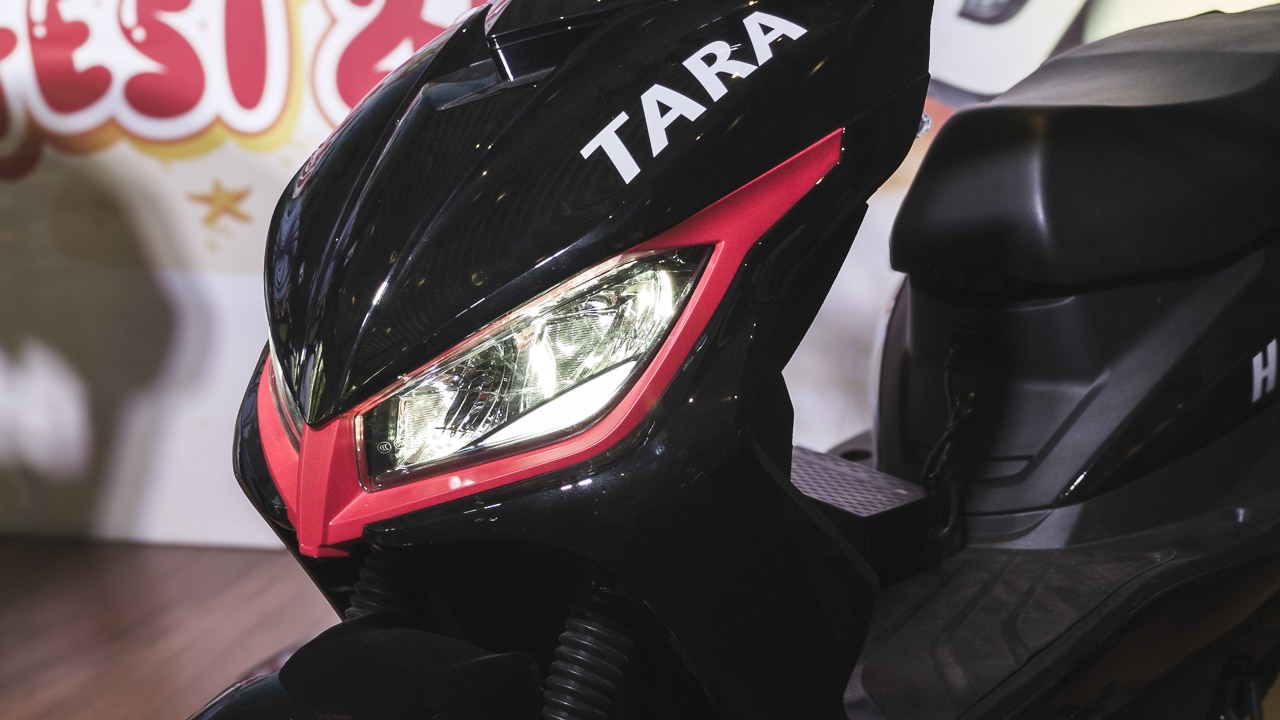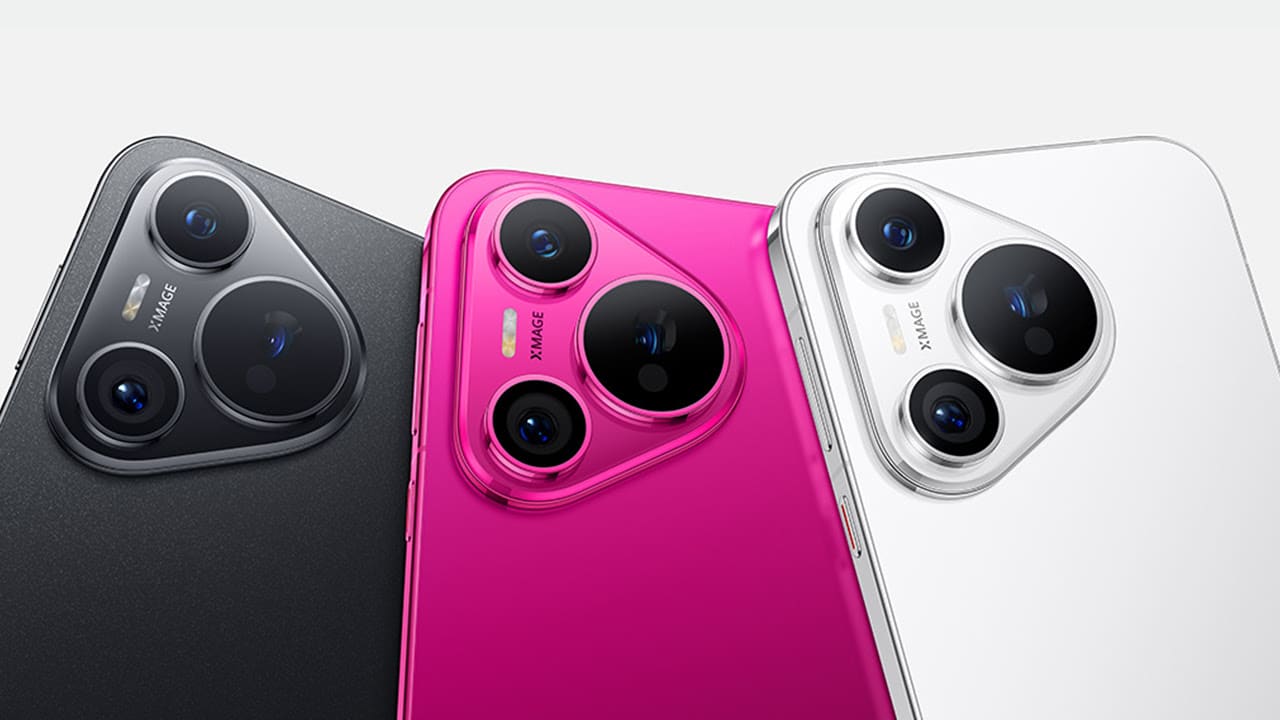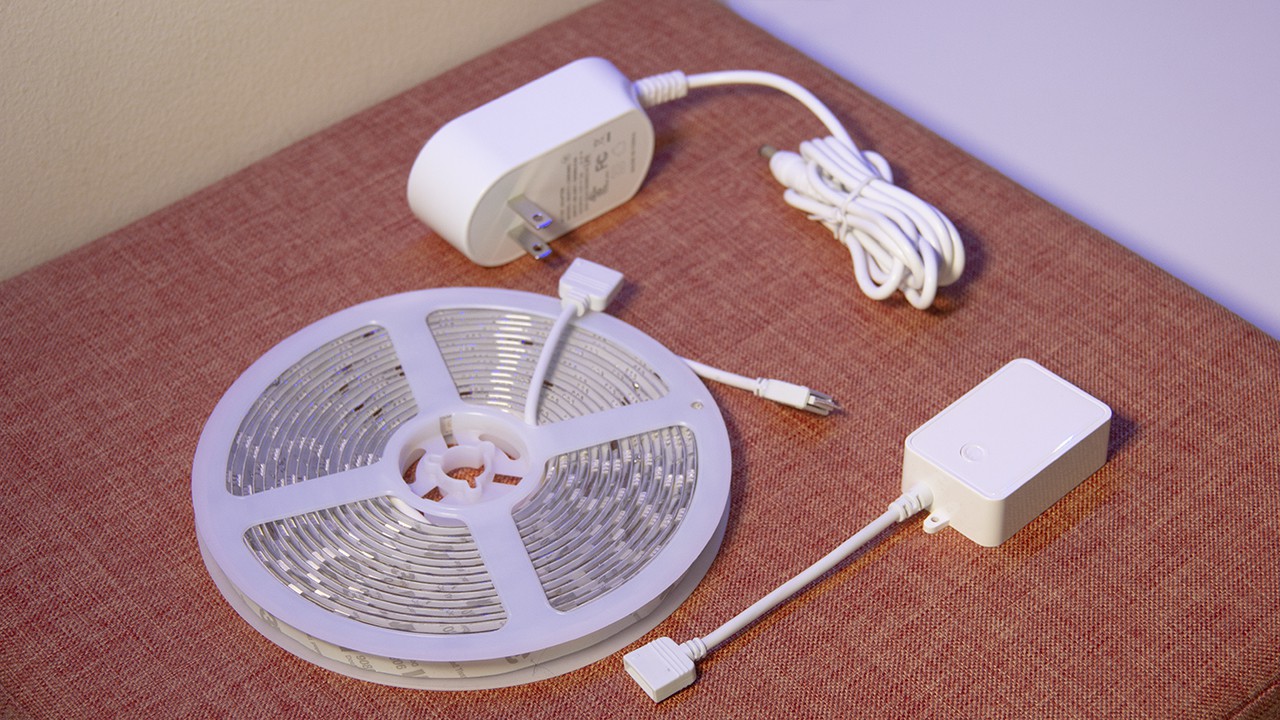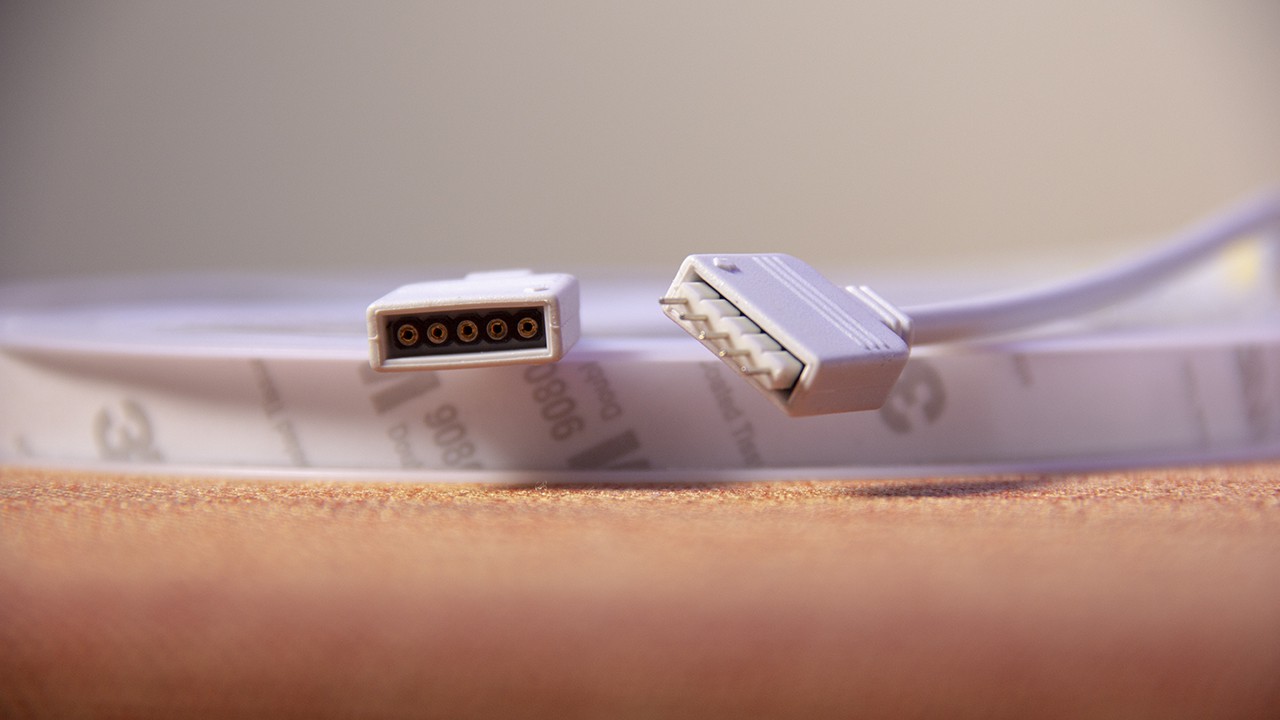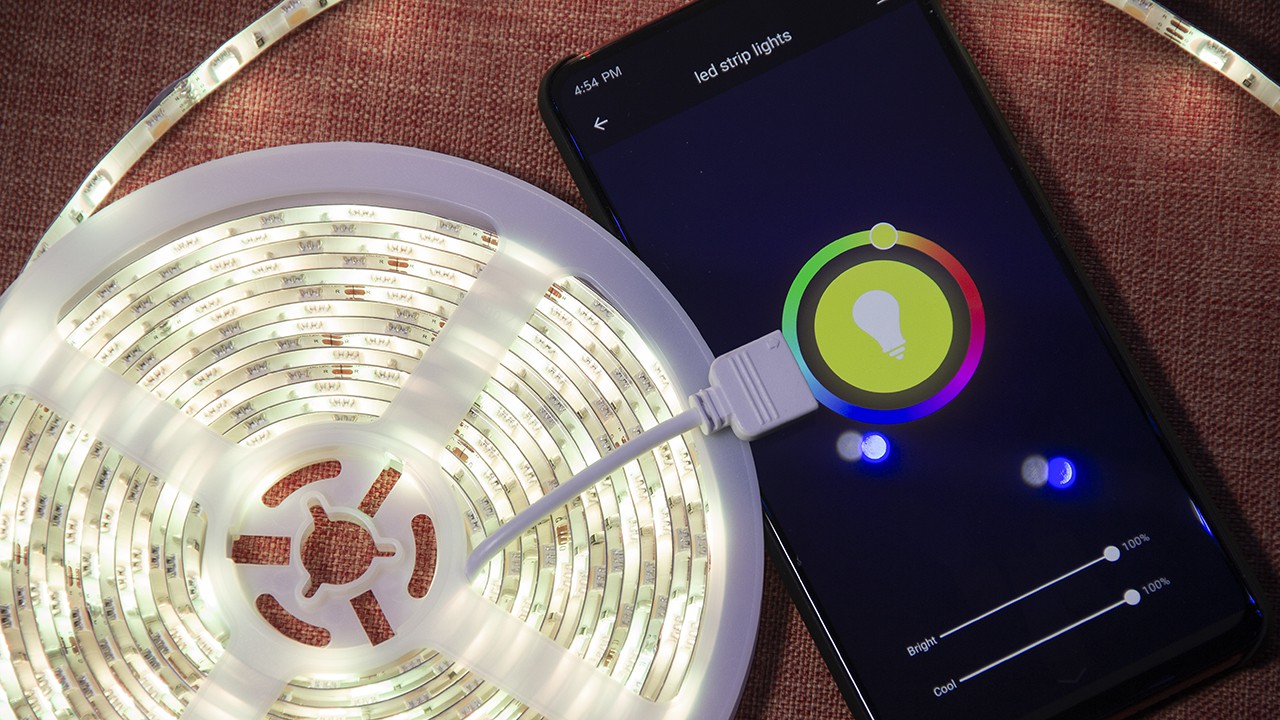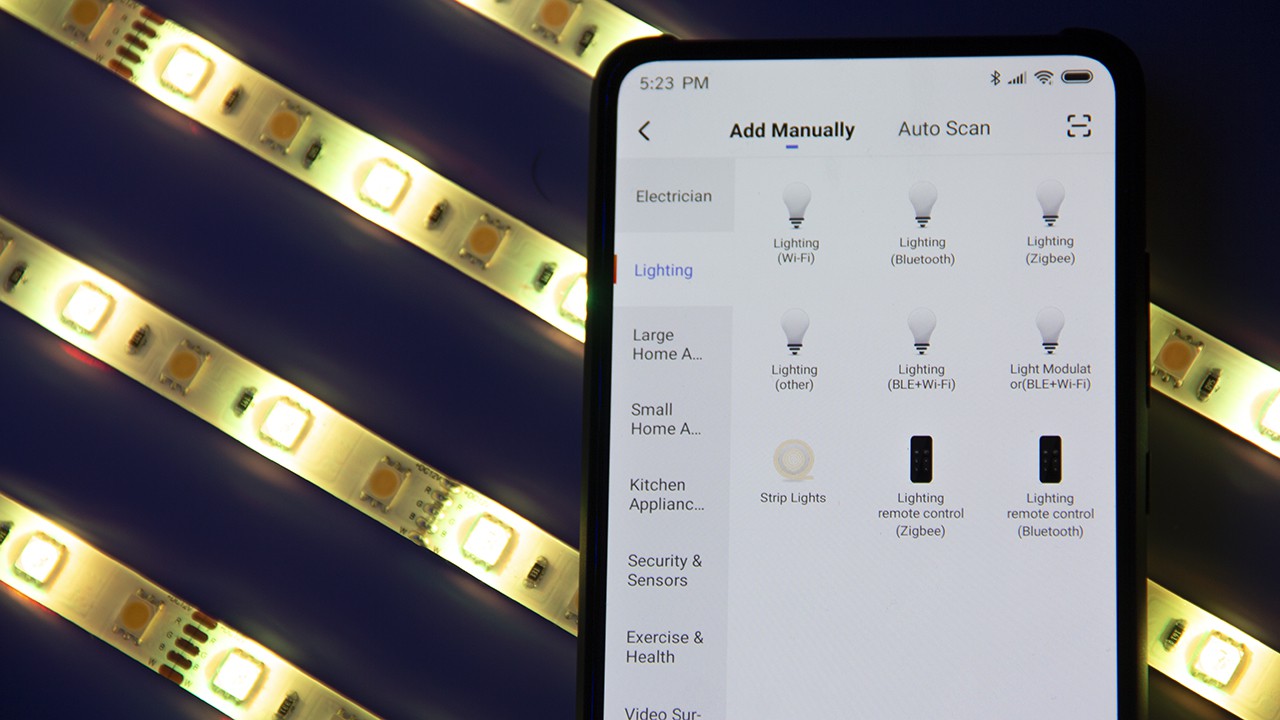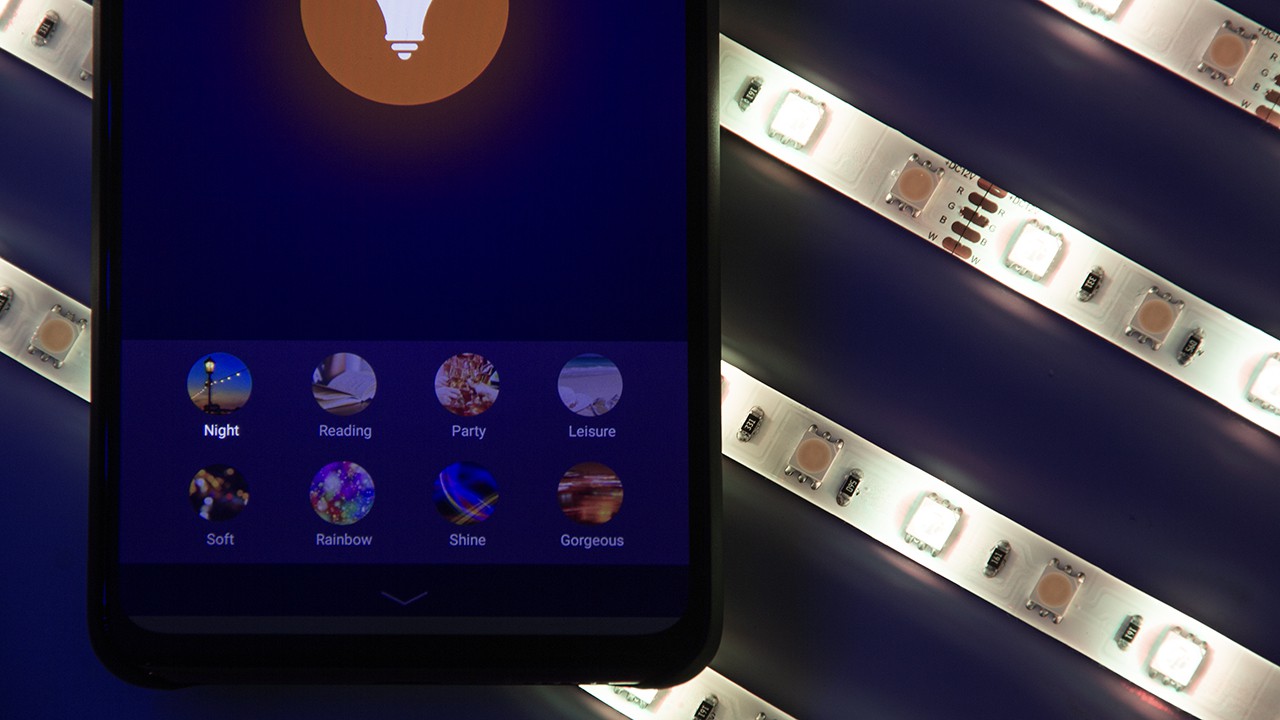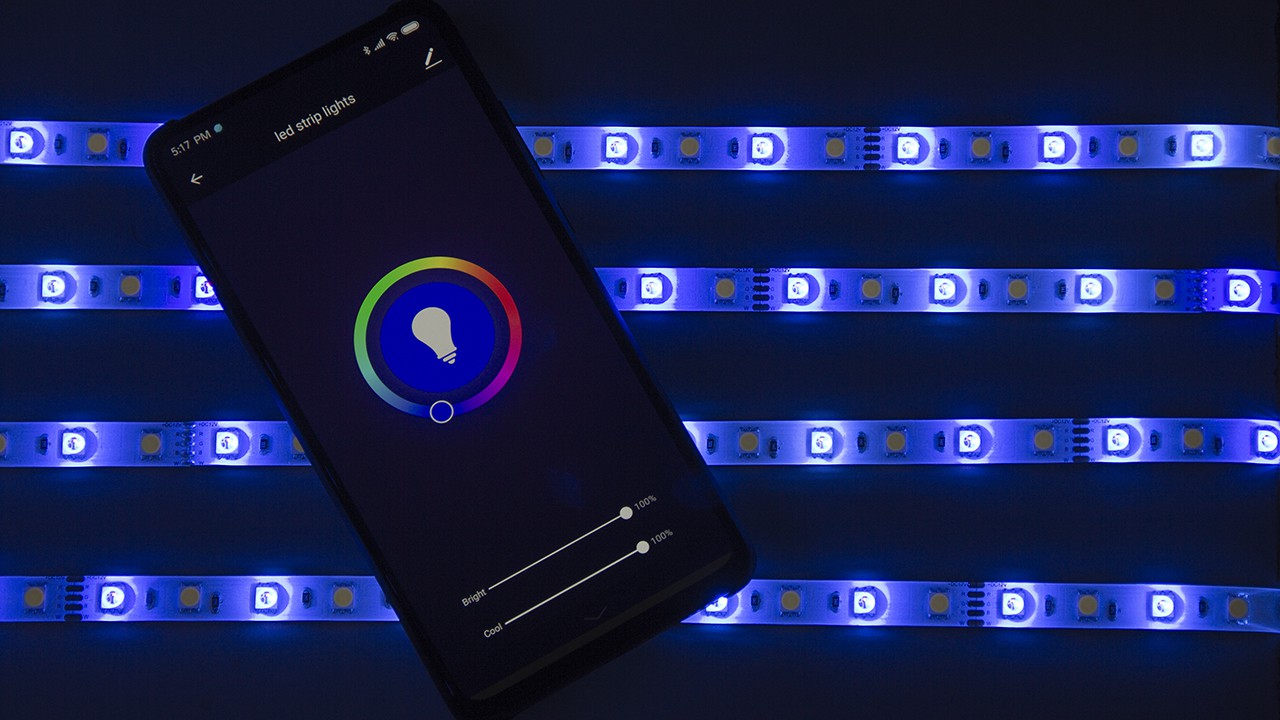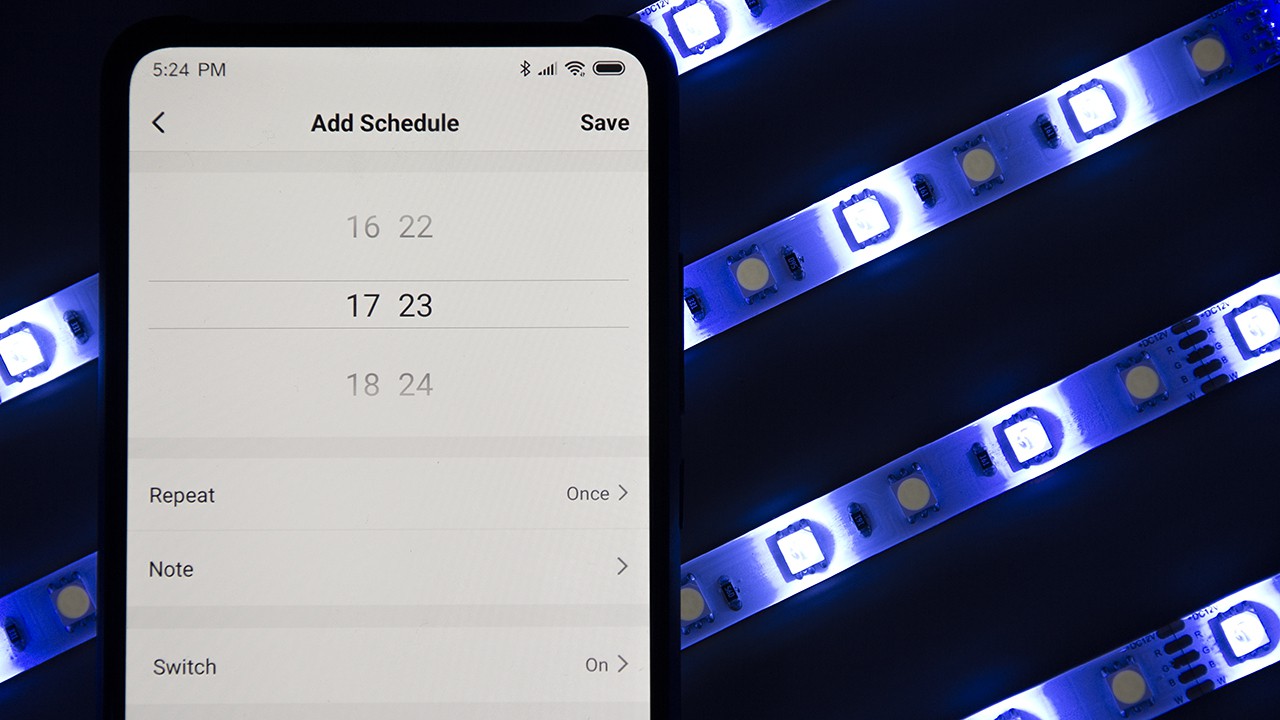With community quarantine guidelines in place, families are expected to use the internet more as they stay safe at home. This puts them at greater risk for bullying, threats, and crimes. To help minimize the risk and promote responsible digital citizenship, Globe held the first Kids & Tech: Parenting in the Digital Age, an exclusive webinar that teaches families to become savvy consumers of social media and technology.
The panel included representatives from Globe myBusiness: Georges Dizon, Business Enablement and Training Manager, and Maybe Lynn Tarroja, Customer Development Manager. The webinar was moderated by Kristen Dimayuga, the program lead for education of the Corporate Communications Group of Globe.

Together, the panelists shared the Parent Module, a family-oriented approach to digital citizenship. It follows the framework of the Digital Thumbprint Program (DTP), a series of workshops taught to students on how to help cultivate a safer online environment. In the webinar, guests learned about the common risks of going online and how to protect themselves.
Dealing with bullying
A study by UNICEF found that cyberbullying affects 70% of the youth around the world. Children may feel embarrassed to open up about it to their parents, so adult figures must be careful in dealing with this type of situation.
“We need to clarify what happened, why it happened, and who is involved,” shares Dizon. “We also need to offer support in a positive way. It’s important for children to talk to a trusted adult, whether it’s a parent, a teacher, or an organization like Bantay Bata.”
Your information is valuable
Hackers can get into users’ accounts by using the information they share online. These include private details like full names, birthdays, and phone numbers, which can be linked to passwords. To prevent this, Dizon advises having a strong password that has uppercase and lowercase letters, numbers, and symbols. Avoid passwords related to birthdays and other important dates.
“Always remember to log out of your account, set your accounts to private, and be mindful of your surroundings when typing your password,” he adds.
Other information can also be weaponized. Travel dates and photos of expensive items like jewelry can alert potential thieves of empty homes filled with valuables. Posting car photos with plate numbers allow anyone to trace personal data.
Be wary of hashtags
Parents are advised to protect their children from predators by not using hashtags that will put their privacy in danger. Hashtags like #cutekids and #bathtime can be used by sexual predators to look for their next victim.
There is forever online
Any content that people post on the internet will be there forever. While platforms allow its users to delete their content, others can download or take screenshots of photos and videos.
“Make sure your account is private and to always think twice before posting anything. Don’t spend too much time on social media,” Dizon says.
Rely on credible news sites
There are websites pretending to be credible news platforms online. Before clicking on it or sharing, it is a good idea to gauge whether the platform is reliable. Always rely on trusted news sites that deliver well-researched and factual data.
Know the organizations that can help
It is important to keep the numbers of organizations that can help. Examples include #2919 for Hopeline Philippines and #163 for Bantay Bata. Both are toll-free numbers for Globe and TM subscribers.
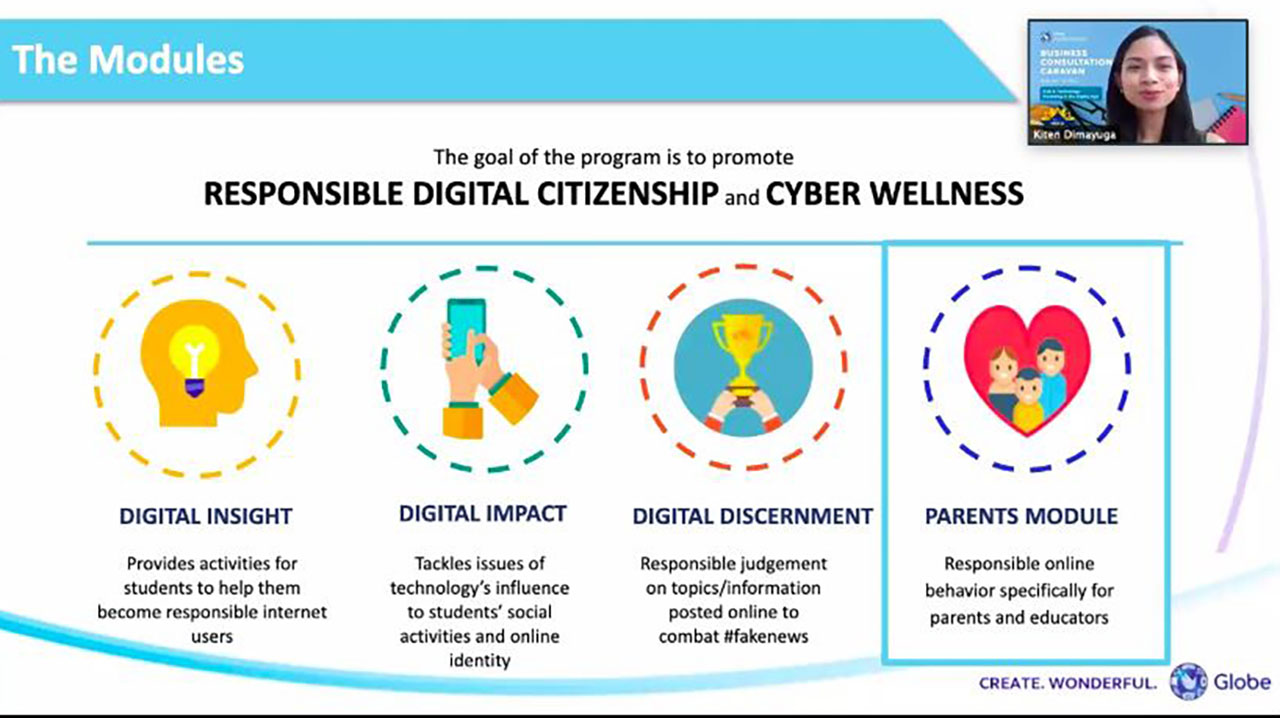
Through Kids & Tech: Parenting in the Digital Age, Globe aims to increase responsible digital citizenship among parents and children. To reach more families, Globe can organize online workshops for schools for free.
Learn more about the Digital Thumbprint Program by visiting their dedicated page.





